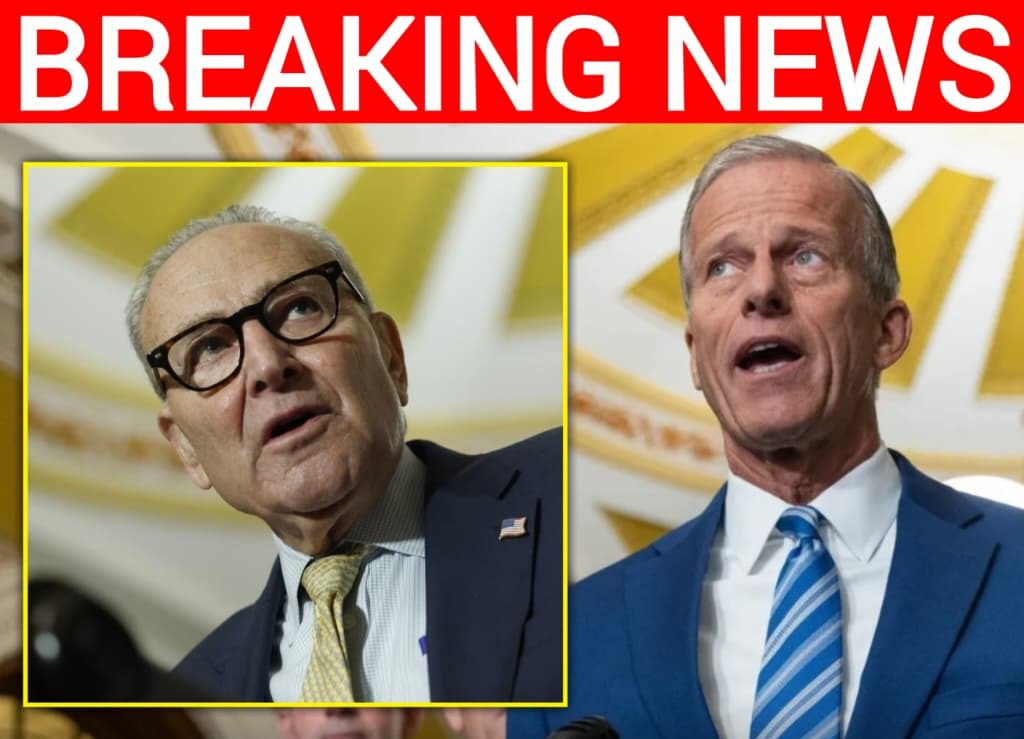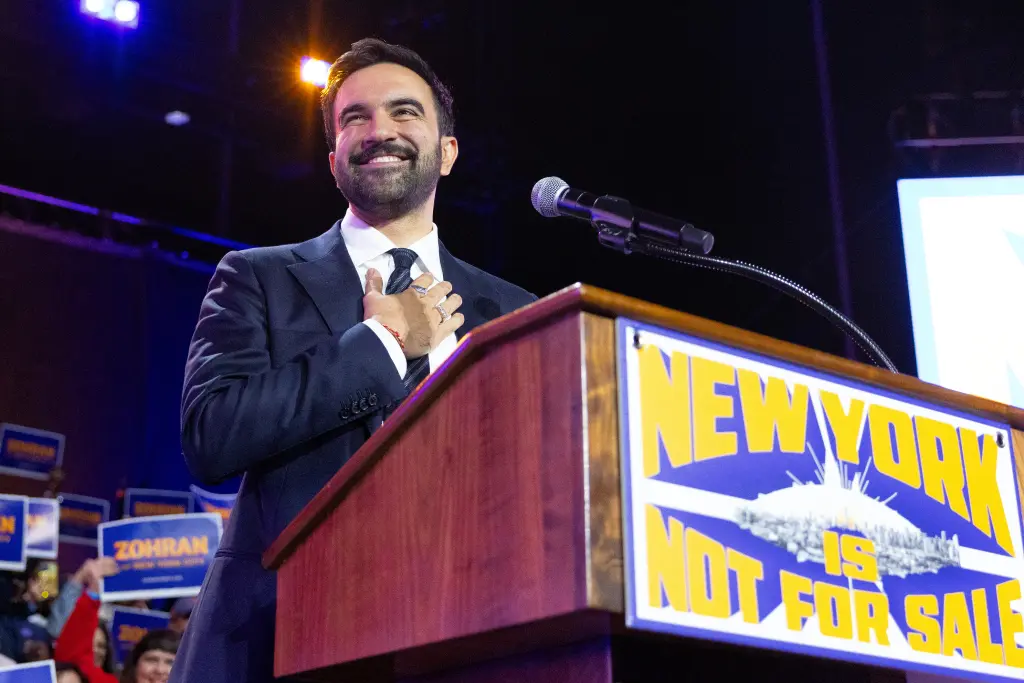After 35 Days of Gridlock, Democrats Quietly Signal Plans to Reopen the Government — And Critics Say It Was Always About Election Politics
As polls closed across America on November 4, 2025, something remarkable began to unfold inside the marble halls of the U.S. Capitol. After thirty-five grueling days of the longest government shutdown in American history, reports began to surface that more than a dozen Senate Democrats were now “seriously engaging” in negotiations to strike a funding deal and reopen the government. It was sudden, unexpected, and for many observers — infuriating.
For weeks, Democrats had insisted that they would not bend on the shutdown unless Republicans agreed to sweeping new healthcare subsidies and climate-related funding measures that conservatives dismissed as unrelated to the budget itself. Yet as soon as Election Day arrived, and the polls began closing, Democrats shifted tone. Behind closed doors, staffers confirmed that key figures in Chuck Schumer’s caucus had begun drafting a compromise proposal. The timing was striking, and to critics, deeply revealing.

What made this shift especially controversial was not just the sudden reversal, but when it came. After more than a month of standoffs, televised speeches, and government workers going without pay, the apparent urgency to end the crisis arrived exactly as Americans finished casting their votes. It gave the impression that the shutdown itself had been a political tool — a calculated effort to energize the Democratic base and drive voter turnout ahead of the November elections.
Republican lawmakers were quick to voice their outrage. Senate Majority Leader John Thune called the timing “too convenient to be coincidence,” suggesting that the very people who had kept the government closed were now racing to fix it the moment it had served its purpose. House conservatives echoed the sentiment, accusing Democrats of playing politics with people’s livelihoods. The tone was sharp, emotional, and filled with the kind of anger that only weeks of stalemate could produce.
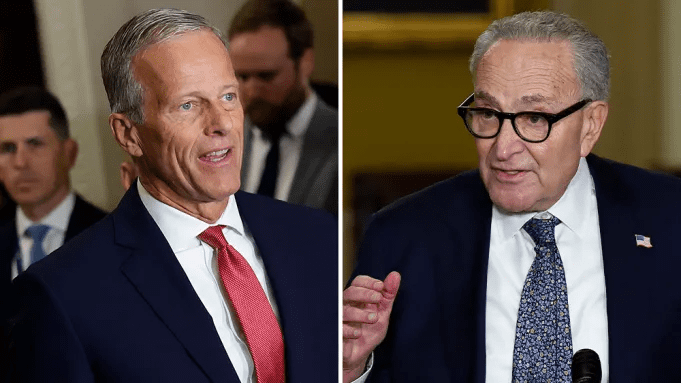
The shutdown, which began on October 1, 2025, started as a familiar Washington dispute — a fight over spending priorities, border funding, and healthcare subsidies. But as days turned to weeks, it grew into something larger, a test of political will that left hundreds of thousands of federal workers furloughed or working without pay. Families missed mortgage payments, airports experienced long delays due to unpaid staff, and social programs like SNAP and WIC were forced to scale back operations. The toll was both human and economic.
Despite the hardship, Democratic leaders remained unmoved through October. Chuck Schumer, the Senate Minority Leader, repeatedly declared that his caucus would “hold the line” until Republicans agreed to expanded funding for healthcare and climate initiatives. To their base, this resolve was presented as moral courage — a stand for working families and progressive policy. But to many Americans outside Washington, it began to look like political theater.
That perception deepened as Election Day approached. Pollsters and strategists noted an unusual spike in Democratic voter enthusiasm, particularly among younger and progressive voters who viewed the shutdown as proof that their leaders were fighting hard against Republican obstruction. The narrative seemed perfectly timed: Democrats standing strong against what they described as “Trump-aligned austerity,” rallying voters in the process.
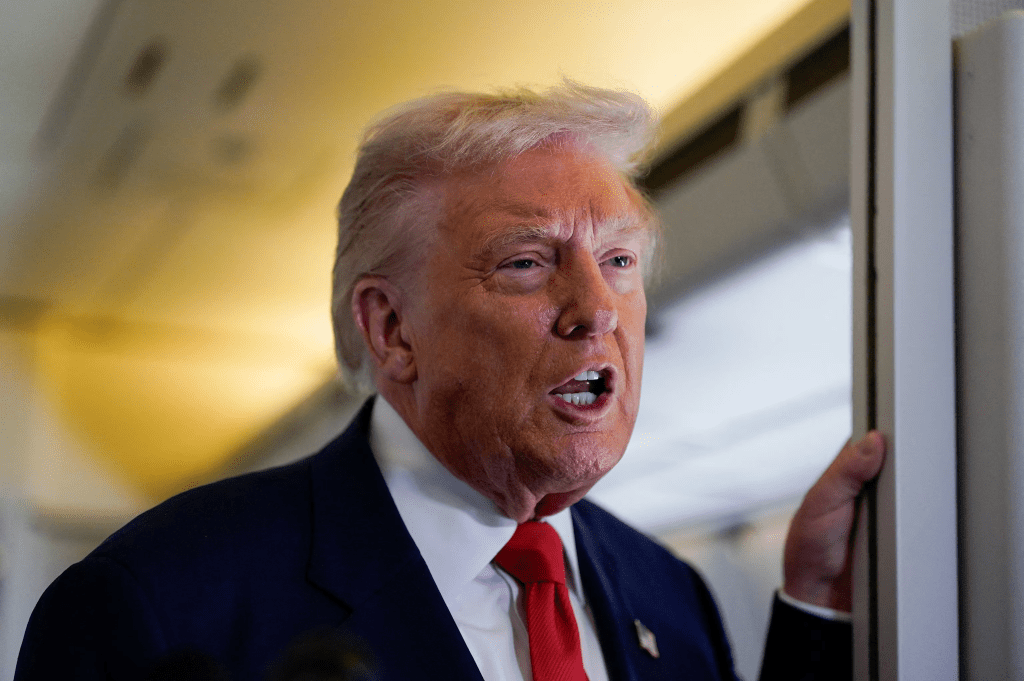
Then, on the very night those voters lined up at polling stations, the narrative shifted. Sources inside the Capitol revealed that quiet meetings had begun between moderate Democrats and Republican negotiators. Staffers described “serious movement” toward reopening the government. Suddenly, after weeks of defiance, a deal was back on the table.
The reaction from conservatives was swift and unforgiving. “It was never about principle,” said one Republican senator. “It was about politics. They shut the government down, milked the outrage for voter energy, and now that the votes are in, they’re ready to turn the lights back on.”
The numbers behind the crisis are staggering. Over 800,000 federal employees were directly affected by the shutdown. More than one million contractors lost pay. Small businesses dependent on government contracts reported revenue losses of up to 30 percent. Federal parks, museums, and offices remained closed for over a month, while millions of Americans faced disruptions in basic services like passport processing and tax refunds.
Despite this, Democrats largely held together in public — presenting unity and purpose. But privately, reports suggest growing unease within their ranks. Senators from purple and swing states began pushing for an off-ramp as early as late October, worried that prolonged closure would backfire politically. Yet leadership, including Schumer, reportedly insisted that the caucus “stay disciplined” until Election Day. That discipline held, and the pressure campaign seemed to have its intended effect: a motivated Democratic electorate.
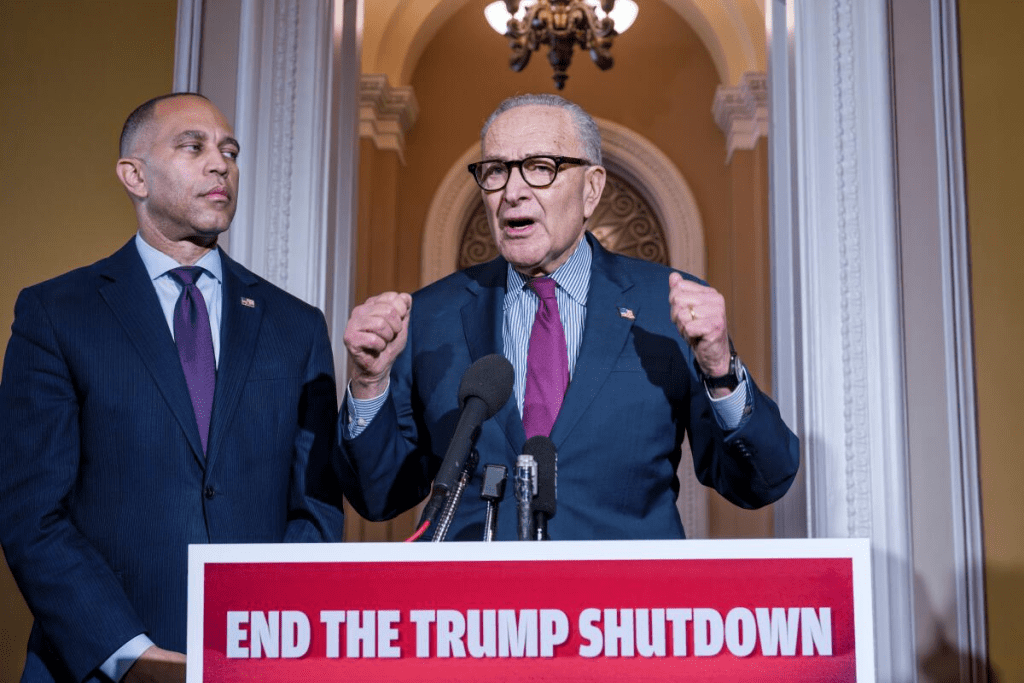
When word broke that Schumer’s office was now exploring ways to restart government funding, critics accused him of “weaponizing the shutdown.” Political analysts pointed out that such timing wasn’t without precedent — both parties have leveraged shutdowns in the past — but this one felt different. It had lasted longer than any before it, endured despite bipartisan exhaustion, and ended only when the political calendar suggested it was safe to do so.
The optics are difficult to ignore. For weeks, television networks broadcast images of unpaid federal workers lining up at food banks, air traffic controllers warning of burnout, and military families stretching budgets without paychecks. Yet leadership in the Senate insisted progress was impossible — until now. And that now coincides precisely with the end of voting.
If Democrats were betting on the American public forgetting this sequence, they may be mistaken. The emotional toll of a shutdown is hard to erase, and while the political class sees it as strategy, the average voter sees it as dysfunction. In polls conducted during the shutdown, nearly 60 percent of Americans said they blamed both parties equally, but a growing share pointed to Democrats for “refusing to negotiate.” The shift in tone after Election Day only fuels that skepticism.
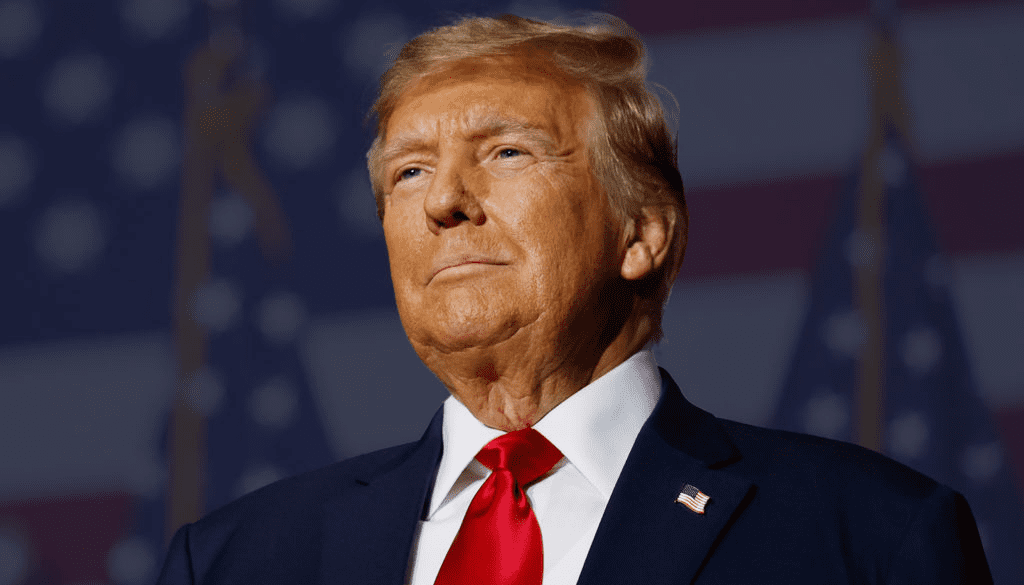
Republicans, meanwhile, have seized on the moment. Donald Trump himself, speaking at a campaign event in Florida, called the maneuver “proof that Democrats don’t care about the American people — only about their votes.” He argued that under his administration, America experienced “strength and negotiation,” not “manufactured crisis and political games.”
As of late Tuesday evening, reports indicated that the framework of a funding deal was being finalized. The proposal would reportedly extend government operations for six months while both sides negotiate broader spending priorities — a short-term solution designed to restore functionality while saving political face. If passed, the deal could see federal workers returning to their posts within days.
But even as operations restart, the damage will linger. Economists estimate that the 35-day shutdown cost the U.S. economy nearly $12 billion in lost productivity and consumer spending. The political fallout, too, may take months to play out. For Democrats, the optics of reopening the government immediately after Election Day could haunt them well into the next cycle. For Republicans, it offers a potent narrative — one that frames their opponents not as principled progressives but as political opportunists willing to hold the country hostage for votes.
In Washington, the game of spin is already underway. Democrats argue they’ve secured meaningful concessions that justify the shutdown; Republicans counter that those same concessions could have been achieved weeks ago. Somewhere between those talking points lies a hard truth: millions of Americans were collateral damage in a fight that many now believe was more about ballot boxes than budgets.
What the next days bring will determine whether the anger fades or solidifies. For federal employees and citizens waiting for their government to work again, the return to normal will be welcome — but it may come with bitterness. Because when the shutdown ends, it won’t just mark the reopening of agencies and offices. It will mark the moment Americans saw their leaders turn crisis into campaign fuel — and learned that, for some in Washington, politics will always come before people.
